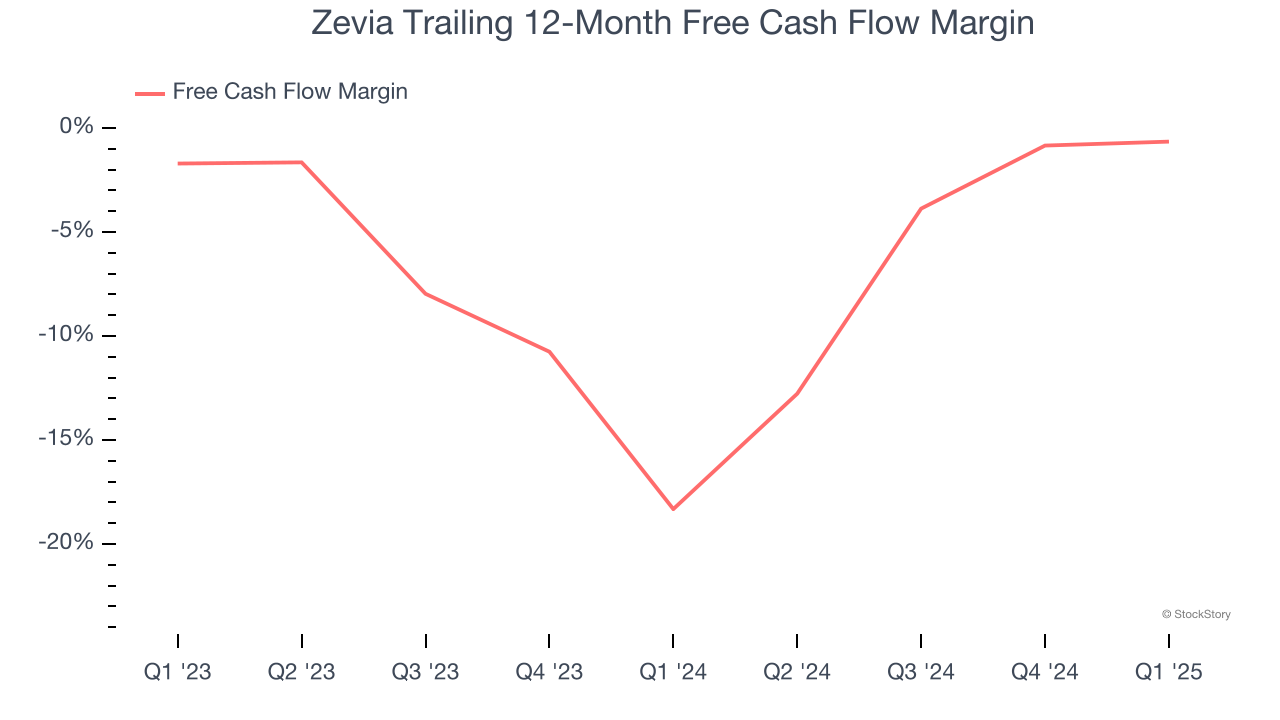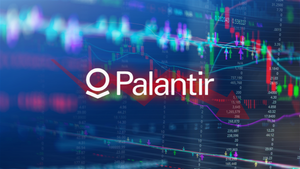
Beverage company Zevia (NYSE: ZVIA) reported Q1 CY2025 results exceeding the market’s revenue expectations, but sales fell by 2% year on year to $38.02 million. The company expects the full year’s revenue to be around $160.5 million, close to analysts’ estimates. Its GAAP loss of $0.08 per share was 31% above analysts’ consensus estimates.
Is now the time to buy Zevia? Find out by accessing our full research report, it’s free.
Zevia (ZVIA) Q1 CY2025 Highlights:
- Revenue: $38.02 million vs analyst estimates of $37.38 million (2% year-on-year decline, 1.7% beat)
- EPS (GAAP): -$0.08 vs analyst estimates of -$0.12 (31% beat)
- Adjusted EBITDA: -$3.27 million vs analyst estimates of -$5.9 million (-8.6% margin, 44.6% beat)
- The company reconfirmed its revenue guidance for the full year of $160.5 million at the midpoint
- EBITDA guidance for the full year is -$9.5 million at the midpoint, above analyst estimates of -$10.11 million
- Operating Margin: -16.8%, up from -18.8% in the same quarter last year
- Free Cash Flow was -$2.94 million compared to -$3.24 million in the same quarter last year
- Market Capitalization: $125.8 million
Company Overview
With a primary focus on soda but also a presence in energy drinks and teas, Zevia (NYSE: ZVIA) is a better-for-you beverage company.
Sales Growth
Examining a company’s long-term performance can provide clues about its quality. Any business can put up a good quarter or two, but many enduring ones grow for years.
With $154.3 million in revenue over the past 12 months, Zevia is a small consumer staples company, which sometimes brings disadvantages compared to larger competitors benefiting from economies of scale and negotiating leverage with retailers.
As you can see below, Zevia grew its sales at a sluggish 2% compounded annual growth rate over the last three years, but to its credit, consumers bought more of its products.

This quarter, Zevia’s revenue fell by 2% year on year to $38.02 million but beat Wall Street’s estimates by 1.7%.
Looking ahead, sell-side analysts expect revenue to grow 6% over the next 12 months, an acceleration versus the last three years. This projection is above the sector average and implies its newer products will fuel better top-line performance.
Unless you’ve been living under a rock, it should be obvious by now that generative AI is going to have a huge impact on how large corporations do business. While Nvidia and AMD are trading close to all-time highs, we prefer a lesser-known (but still profitable) stock benefiting from the rise of AI. Click here to access our free report one of our favorites growth stories.
Cash Is King
Free cash flow isn't a prominently featured metric in company financials and earnings releases, but we think it's telling because it accounts for all operating and capital expenses, making it tough to manipulate. Cash is king.
Zevia’s demanding reinvestments have drained its resources over the last two years, putting it in a pinch and limiting its ability to return capital to investors. Its free cash flow margin averaged negative 9.7%, meaning it lit $9.70 of cash on fire for every $100 in revenue.
Taking a step back, an encouraging sign is that Zevia’s margin expanded by 17.7 percentage points over the last year. We have no doubt shareholders would like to continue seeing its cash conversion rise.

Zevia burned through $2.94 million of cash in Q1, equivalent to a negative 7.7% margin. The company’s cash burn was similar to its $3.24 million of lost cash in the same quarter last year.
Key Takeaways from Zevia’s Q1 Results
We were impressed by how significantly Zevia blew past analysts’ EBITDA expectations this quarter. We were also glad its EPS outperformed Wall Street’s estimates. Zooming out, we think this was a good print with some key areas of upside. The stock remained flat at $2.03 immediately after reporting.
Is Zevia an attractive investment opportunity right now? The latest quarter does matter, but not nearly as much as longer-term fundamentals and valuation, when deciding if the stock is a buy. We cover that in our actionable full research report which you can read here, it’s free.





